A garage door is probably the source of entrance and exit of your house most frequently. This constant usage makes it susceptible to wear and tear. Operational issues often arise, especially during the winter season.
When your garage door is not cooperating with you, it is always best to be aware of the cause of this malfunction. It helps you understand whether you need to call professional help or not.
The following are some of the most common causes of a garage door not working correctly:
Table of Contents
1. Dirty, blocked, or misaligned photo-eye
The photo-eye of your garage door comprises two pieces. These are located face to face across each side of the garage door, about 4 feet above the ground. When activated, they send a pea-sized laser beam to each other.
The photo-eye can easily be blocked by dirt or be misaligned due to any damage. The purpose of the photo-eye is to detect obstructions in the garage door’s path and prevent its closure in case anything is present; the dirt acts as an obstruction. Therefore, the door refuses to close even if there is no actual obstruction.
2. No power to the operator receiver
Sometimes, the problem is as small as a lack of power to the operator. It is widespread for people to unplug the power cord to the operator absentmindedly and then forget that they did it. They will keep looking for a problem with a door when the issue is nothing more than an unplugged cable.
A more severe issue could be a blown a fuse or circuit breaker. You can call for professional help and get the fuse replaced in no time.
Sometimes, the outlet can be faulty too. In such cases, all you have to do is plug the cord into some other outlet.
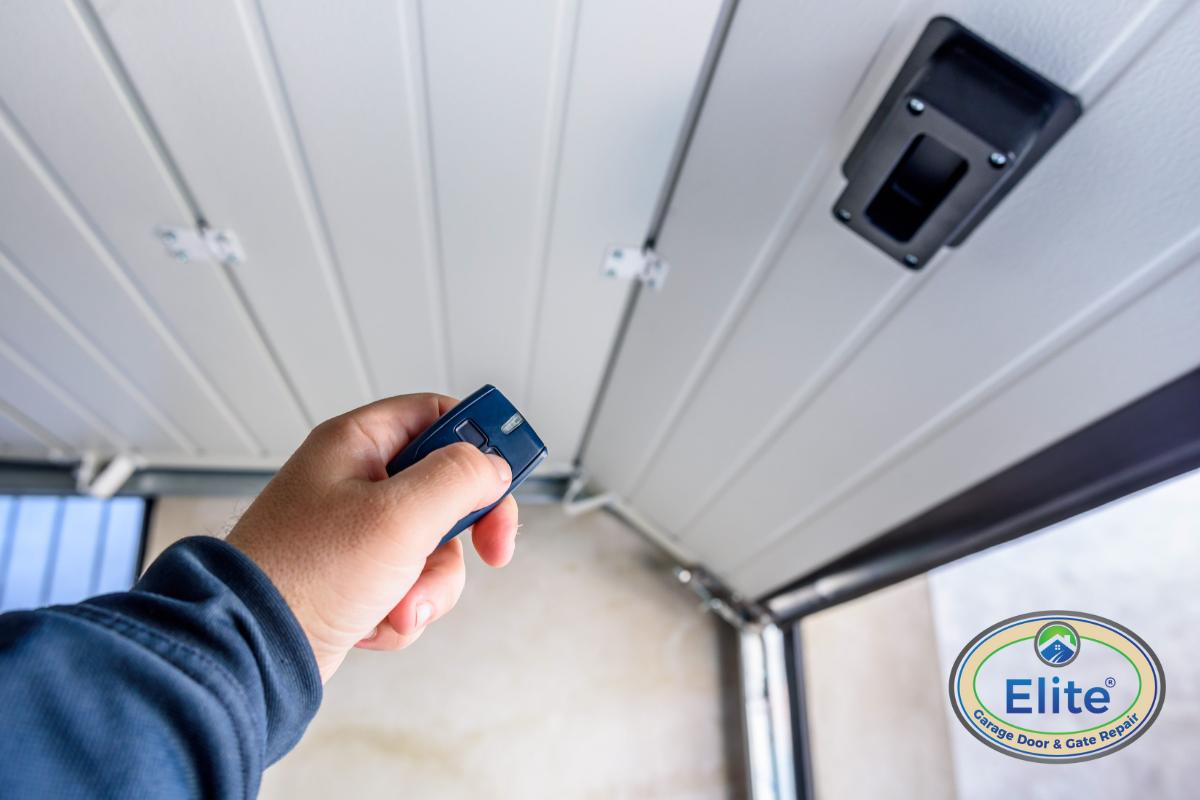
Drained transmitter batteries
3. Drained transmitter batteries
Power is needed at both ends for the garage door to function. Therefore, if the operator is receiving power, the issue could be drained batteries in the remote of the transmitter.
You can Manually Check by pressing the button on the receiver. If the door opens, the issue is with the remote. All you have to do is replace the expired batteries, and voila!
4. Broken torsion or extension springs
If the motor of your door opener is working correctly, the cause of the malfunction is probably damaged or Broken Springs.
Each assembly is guided by springs. Torsion springs can be found running horizontally along the width of the garage door, while extension springs are located on each side. They raise and lower down the door along its tracks.
Each spring has a certain number of cycles, after which it breaks or snaps if overused. Their snapping is quite loud and resembles a gunshot or firecracker.
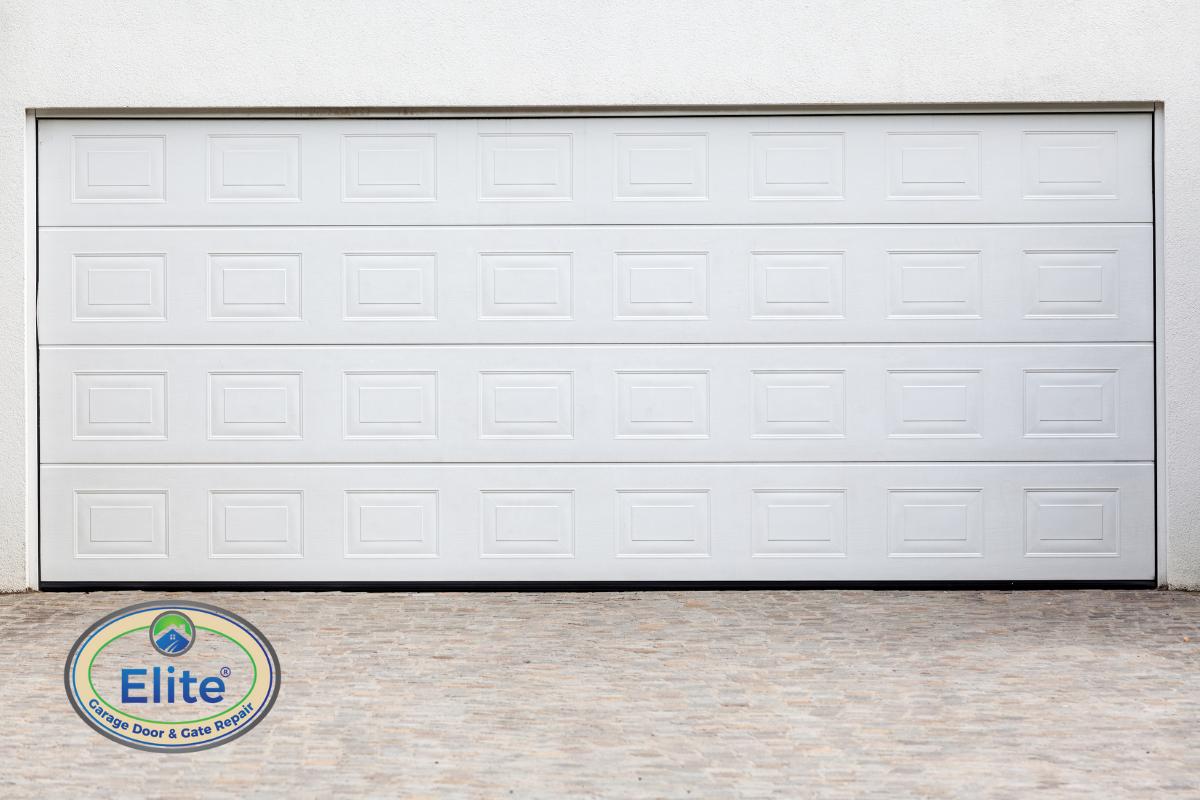
Garage Door Broken cables
5. Broken cables
Although snapped springs may be a considerable problem, broken cables are even more prominent. Cables carry out the physical act of lifting the door up and down.
Once a spring snaps, the cables are the only thing preventing the door from coming crashing down. They protect the door and any obstacle from harm, such as a child, pet, or car hood.
Cables tend not to last long once springs snap. Therefore, make sure to replace them as soon as possible.
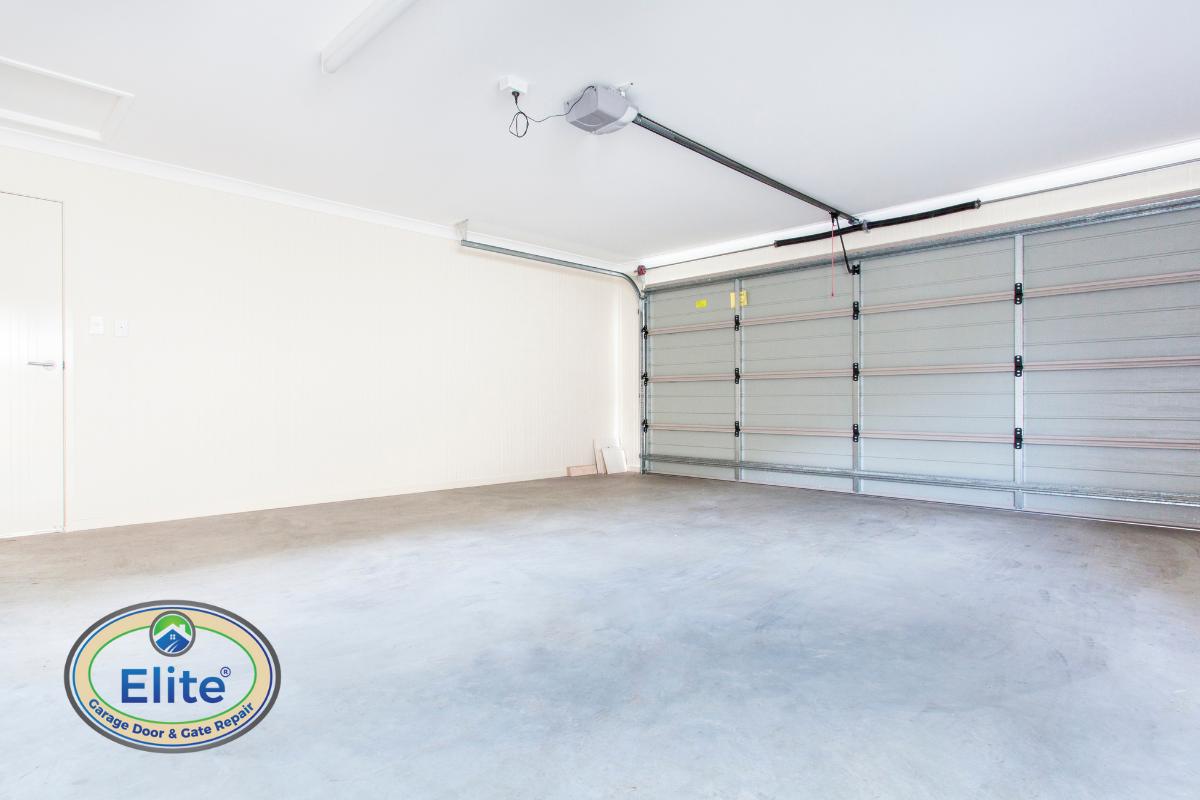
Misadjusted sensitivity
6. Misadjusted sensitivity
One of the most common problems with newly installed garages is that misadjusted sensitivity settings often do not suit the garage door in question.
These settings allow a garage door opener to know how much force to exert to open a door. If they are not set right, the door will be led to think that it is too light or heavy. Therefore, the appropriate amount of force won’t be applied.
7. Blocked remote signal
It is pretty standard for remotes to have a blocked signal. You could be out of range, the remote’s antenna might be broken, or something might be obstructing the path between the remote and receiver.
For this matter, all you have to do is cut some obstructing tree branches or get the broken antenna repaired by a professional.
8. Misadjusted limit setting
Another more comical problem is the shut-reverse, in which the door closes when prompted only to rise back up the moment it touches the ground. This is due to incorrect limit settings.
What is the limit set? It is a program that determines how much movement is needed to open or close a door. Limit settings are designed to accommodate variables like height and size.
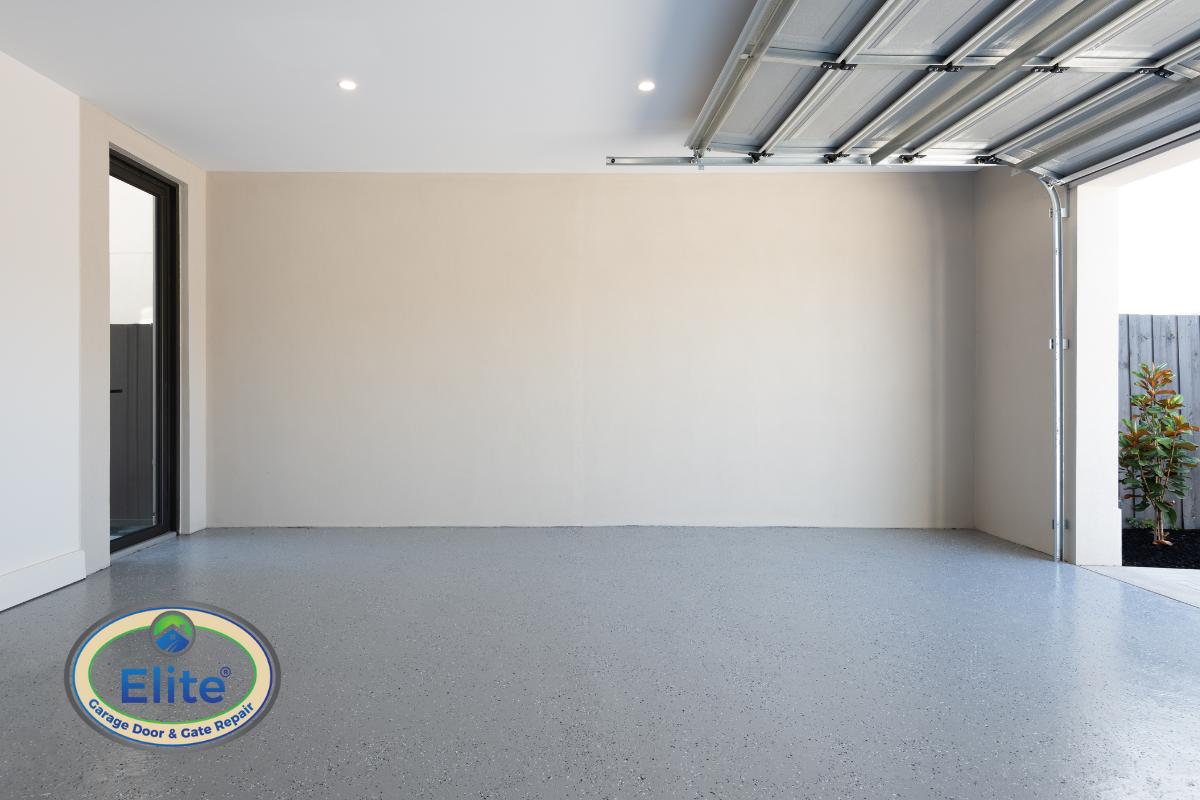
Misaligned door track
9. Misaligned door track
The synchronized movement of the door cannot be possible without its tracks. The tracks keep the door in line as it goes up and down.
Even the slightest misalignment of one of the tracks can slow down the movement. Worse, bends in the track can cause the different parts of the door to move at varying paces, sometimes leading to the problem being mirrored to the other side.
Pressure and wear & tear can cause misalignment of the track too.
10. A small obstruction in the path of the door
Sometimes, a door reverses before closing entirely. This can be due to an obstacle in its path. It does not necessarily have to be in the line of the photo-eye.
Even if the obstacle is below the line of the photo-eye, the door will reverse when it touches it.
Bottom Line
If your garage door is refusing to cooperate with you and is not opening or closing (or perhaps is closing but at a slower pace), you have come to the right place. We have listed the most common reasons for faulty garage door movements and hope you find your answer here.



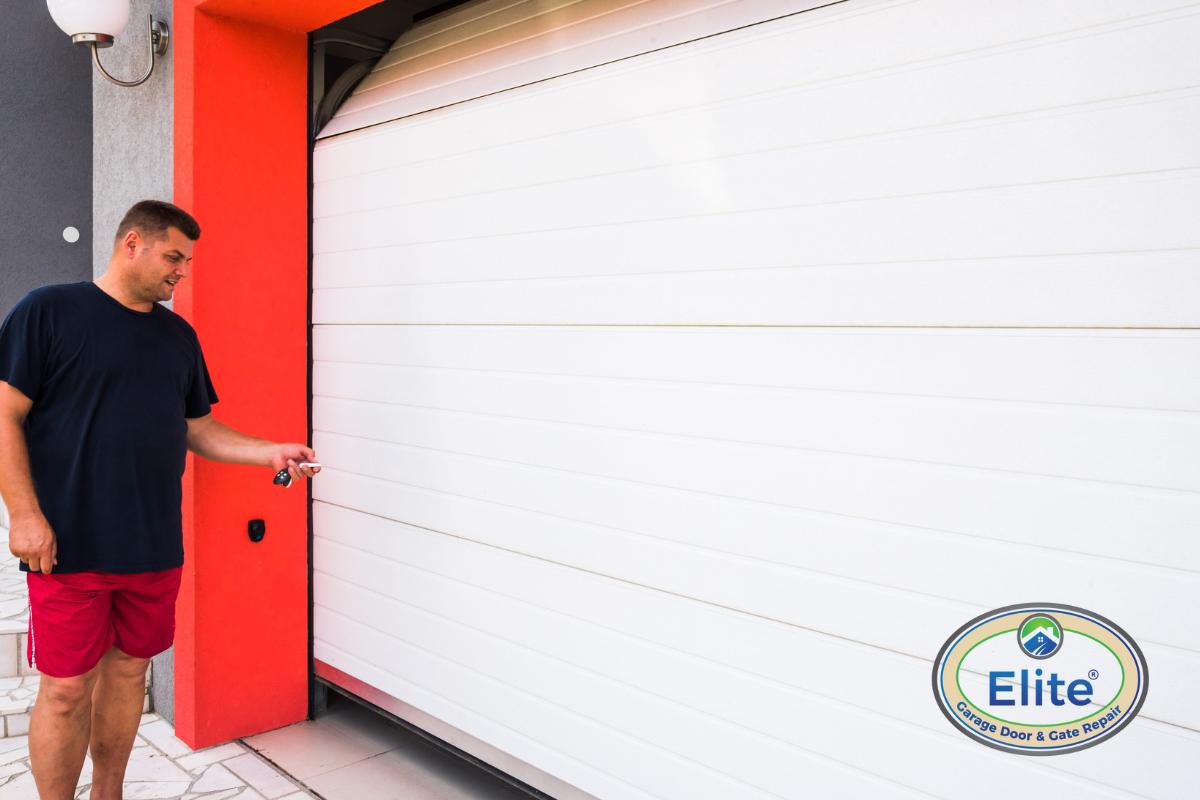


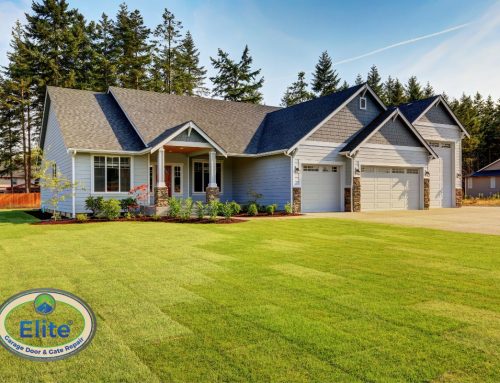
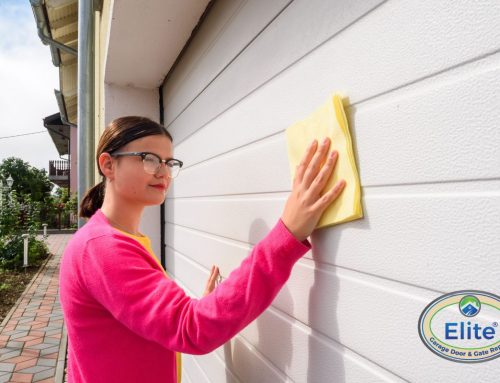
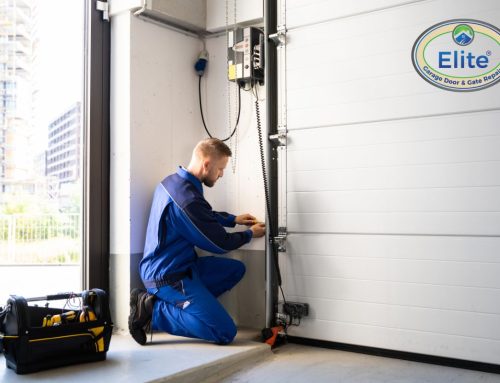

























Leave A Comment